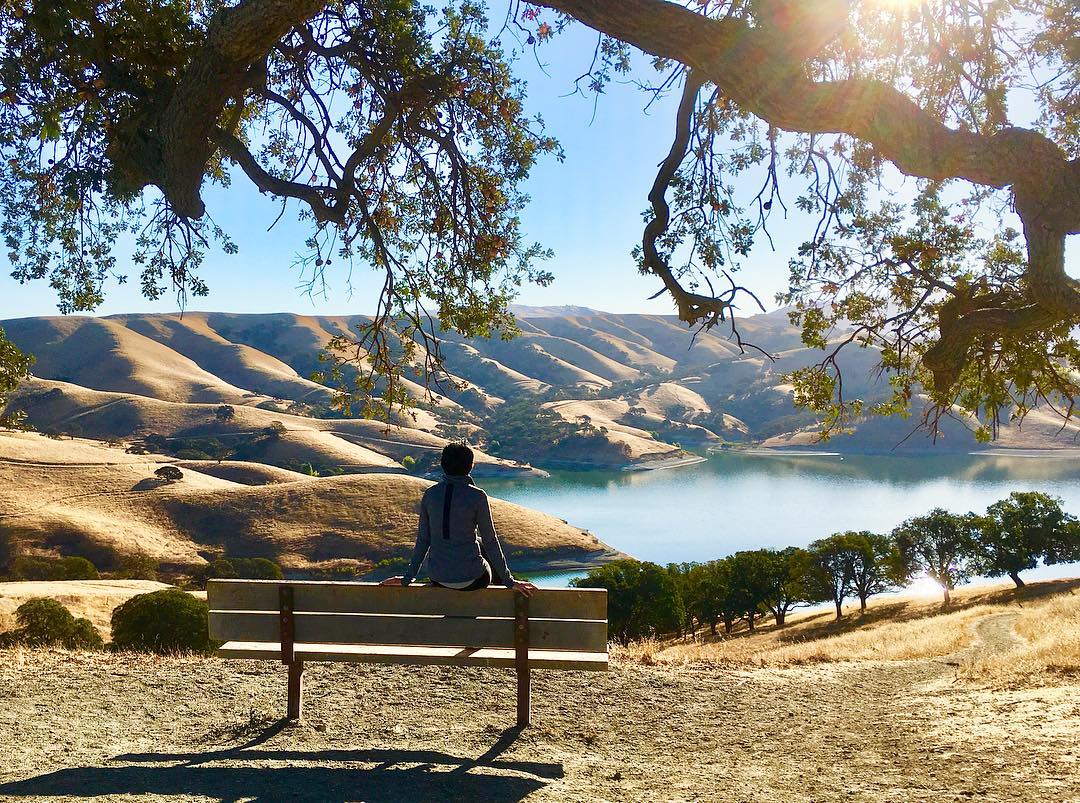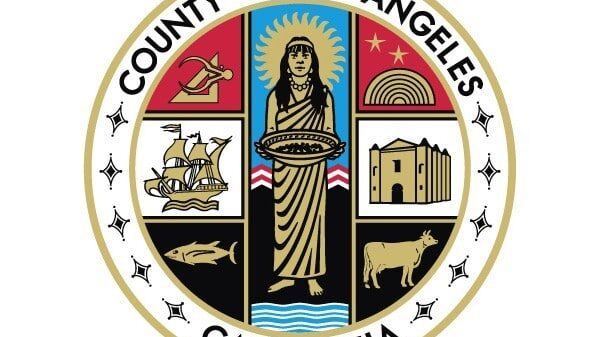Magazine, The Immigrant Experience
The pandemic gave Californians a new appreciation of being in nature. With the onset of pandemic restrictions in 2020, the public parks drew record numbers of visitors and continue to do so today. Nowhere is this more evident than in EBRPD parks where some parks saw a five-fold increase in 2020 and 2021. While the growing popularity attests that parks are essential to our mental and physical health, the increased visitations bring growing risks to the habitat and wildlife that live in these parks. This briefing hosted by Ethnic Media Services explored what happens when people stray off the hiking trails, trample the grasslands, inadvertently cause toxin build-up in lakes, release turtles, birds, and fish often for ceremonial purposes, feed coyotes and feral cats – and what visitors need to do to balance the human impacts of recreation with the natural environment.
Dee Rosario, Ward 2 Board Member, East Bay Regional Park District, began by sharing a personal story about his upbringing and being the first Filipino-American on the board. These experiences he said, give him a renewed respect for the land. We must bring ourselves and history with sensitivity and embrace the culture and Beauty and respect for the land and people as human beings he reiterated.
Becky Tuden, Environmental Services Manager, East Bay Regional Park District presented a slide of the stewardship Department of the East Bay Regional Park District. Stewardship which means a lot of things such as care or guardianship is the cornerstone for the preservation of our parks. The board tries to minimize the effects of human activity that may be destructive to the park such as petrochemical fumes, trash dumping Etc. The district parklands have a variety of inhabitants including coyotes and other wildlife and human activity does impact their viability. Park areas have recreational areas for people to come and relax alongside wildlife that shares the same habitat. As humans relax alongside the animals and the trees it fulfills the mission of stewardship which is to acquire preserve protect and operate regional parklands in perpetuity for public use while conserving these lands. Some pointers about why managing these lands are necessary:
- to control invasive plants and animals which increase fire risk, loss of biodiversity, and increased pathogens.
- to control wild pigs or track aggressive coyotes which are unsafe for the parks
- maintain livestock, and water infrastructure which gives livestock grazing manages fuel loading, and helps biodiversity
- to survey for listed species – tracks.
Some of the challenges however include more lands, stricter regulatory requirements, changing climate, increasing park usage, and a need for improved communication to address new challenges.
There are some managing programs used to keep the parks safe including monitoring and protecting wildlife within the district through a management program, the wildlife and vegetation program which manages fisheries within the district’s creeks, and water quality management within the ecological services program, etc.
Doug Bell, Wildfire Program Manager, East Bay Regional Park along with Joe Sullivan, Fisheries Program Manager, East Bay Regional Park District cautioned how to enjoy the parks and “preserve a rich Heritage of natural and cultural resources” according to the mission of the district.
“Enjoy, Don’t Disturb”, is one of the signs that visitors should respect when they visit. Visitors must remember to be considerate of the wildlife in the parks. Following the signs, it’s not only for the animals but also for the protection of humans as well.









